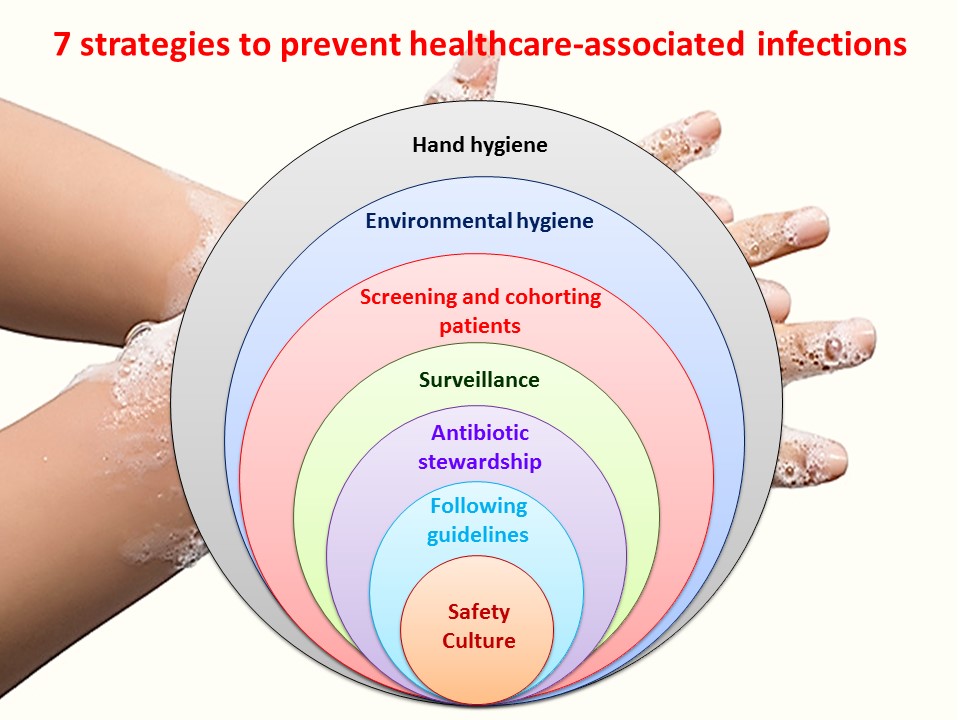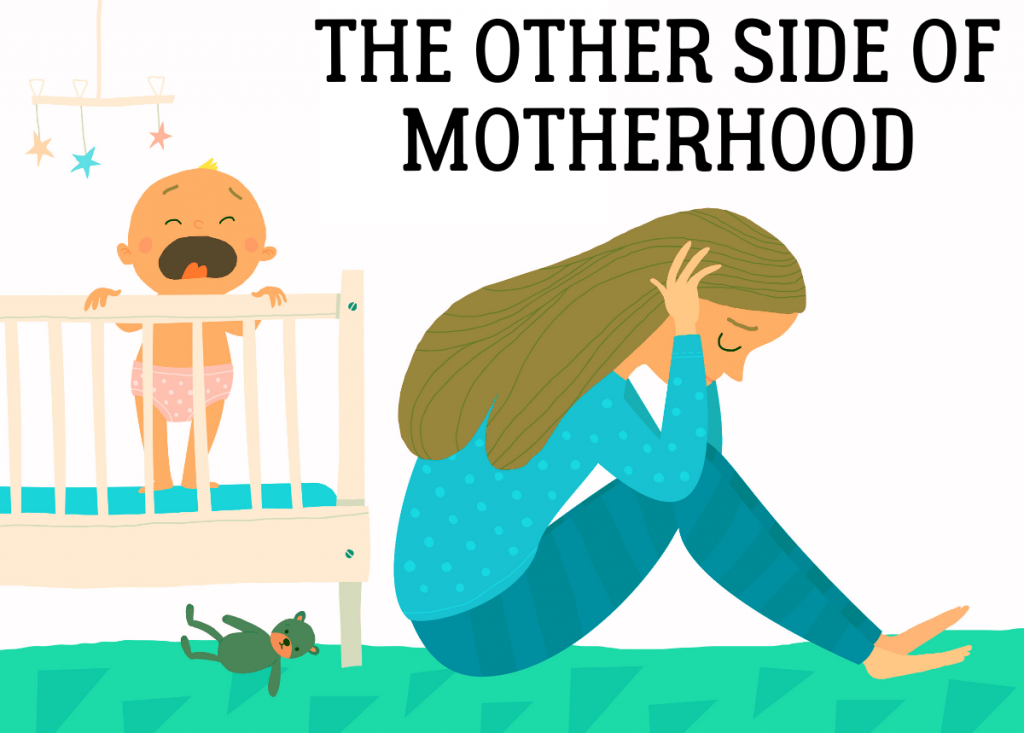Infections during health care provision are common occurrence and are called health infections (HAIS). Patients tend to contract them through medical devices attached to them, such as catheters, fans or drops. They are also likely to get one during surgery or being admitted to the hospital for a long time. Hais is one of the most problematic accidents in health centers, a cause of more than 250 deaths a day in the world.
However, almost all health care infections are avoidable and manageable. There is a precautionary measure that all hospitals and staff must take. There have been a lot of improvement and research to regulate and organize security incentives, integrating them with clinical practices. Examine proven and valuable advances that will be useful for reducing the risk of health care infections:
Clean environment
Essentiality of a clean environment is a fundamental rule aimed at preventing infection in a health framework. Doctors, nurses and other hospital staff must take prudent measures to ensure environmental hygiene. And the impure surfaces are the most important reason for the transmission of infection in patients. It is necessary to appropriately disinfect the surfaces affected by patients or staff to reduce exposure to infectious microorganisms and anti-déterminate infections.
The research found that Haa lies mainly in environments such as bed cover surfaces, medical equipment, water systems and even walls and floors. As a result, hospital workers should take the necessary steps such as soil cleaning, bed lids and sterilizing equipment. All this would reduce the risk of microbial contamination and reduce the number of infectious germs present in the context of health. Since Hais is a public health concern, hospital staff must learn more about this. Many hospital authorities encourage their nurses to adopt a bachelor’s degree or the master’s degree in public health in order to better understand the importance of public health.
Hand hygiene
Hand hygiene is the most critical factor in general hygiene of a health framework. Not only is it the cheapest method but also the simplest and simplest. To reduce the spread of hates, microorganisms and microbial agents, all health workers must prioritize the hierarchy of hands in a timely manner. The World Health Organization (WHO) has identified five essential moments when it is necessary for a health worker to perform full health hygiene. Before cleaning and performing an antiseptic procedure, two before touching a patient. And three, after being around the patients, touched a body fluid or the patient himself.
Unfortunately, the rate at which global health settings follow these hand hygiene procedures are lean or less than optimal. It is essential to realize that hands to wash hands are correctly one of the primary steps you could take to reduce the risk of hates. Patients have the power to request their doctors and nurses if they were washed hands before examining them. And patients should also clean up and disinfect their hands regularly when they complement their stay at the hospital.
Knowledge of symptoms
After taking the primary measures to ensure that your patients and workers do not contract the virus, the next move is to ensure that you realize the symptoms of Haa quickly. So you can treat them before it’s too late. Knowledge about such a subject has a good clinical practice and academic advancement, many hospitals are looking for substantial experience. Many medical students take degrees as online MPH to gain knowledge about such complicated problems.
More often than not, these symptoms are as apparent as a skin infection – it causes a redness, a washer and a pain. Or you may want to look for common symptoms such as fever, cough, diarrhea, etc. For early diagnosis, your hospital can perform a regular screening process for patients. Several health reports and research has recommended monitoring and filtering some of the daily hospital activities. It stops the propagation of the virus because the colonized patient is held isolated, thus preventing the transmission of infection to other patients, visitors and staff members. Isolation has become an integral practice in the light of the current coronavir pandemic. However, many hospitals still do not implement them due to cost and time constraints.
Pre-admission care
Hospitals take serious screening processes as the propagation of COVID-19 increases, but that is not enough. As a hospital management, you must ensure that patients have been in the precautions needed to reduce the risk of propagation. A few steps ago that patients should also take to make sure they do not contract hate or become a transmission body for others. They should not smoke before entering the healing process. It increases the chances of obtaining a thoracic infection due to blocked respiratory tract. And they should inform their doctors from their current medical condition, even if it is insignificant at its point of view. Patients should also try to maintain a healthy weight to maintain their strong immunity. Pre-admission care includes essential balance sheets such as measuring weight, height, sugar and blood pressure. All of these factors contribute significantly to avoid catching health care infections.
Conclusion
To avoid health care infections, hospitals are implementing several policies and focusing on faster recovery to fulfill patients earlier. Health staff should also understand that some people are more likely to have other than others, so they should give care of appropriate patients at any time. After all, the higher the risk of hate spread in your health context, the best patient care you provide, what matters a lot to your customers.





